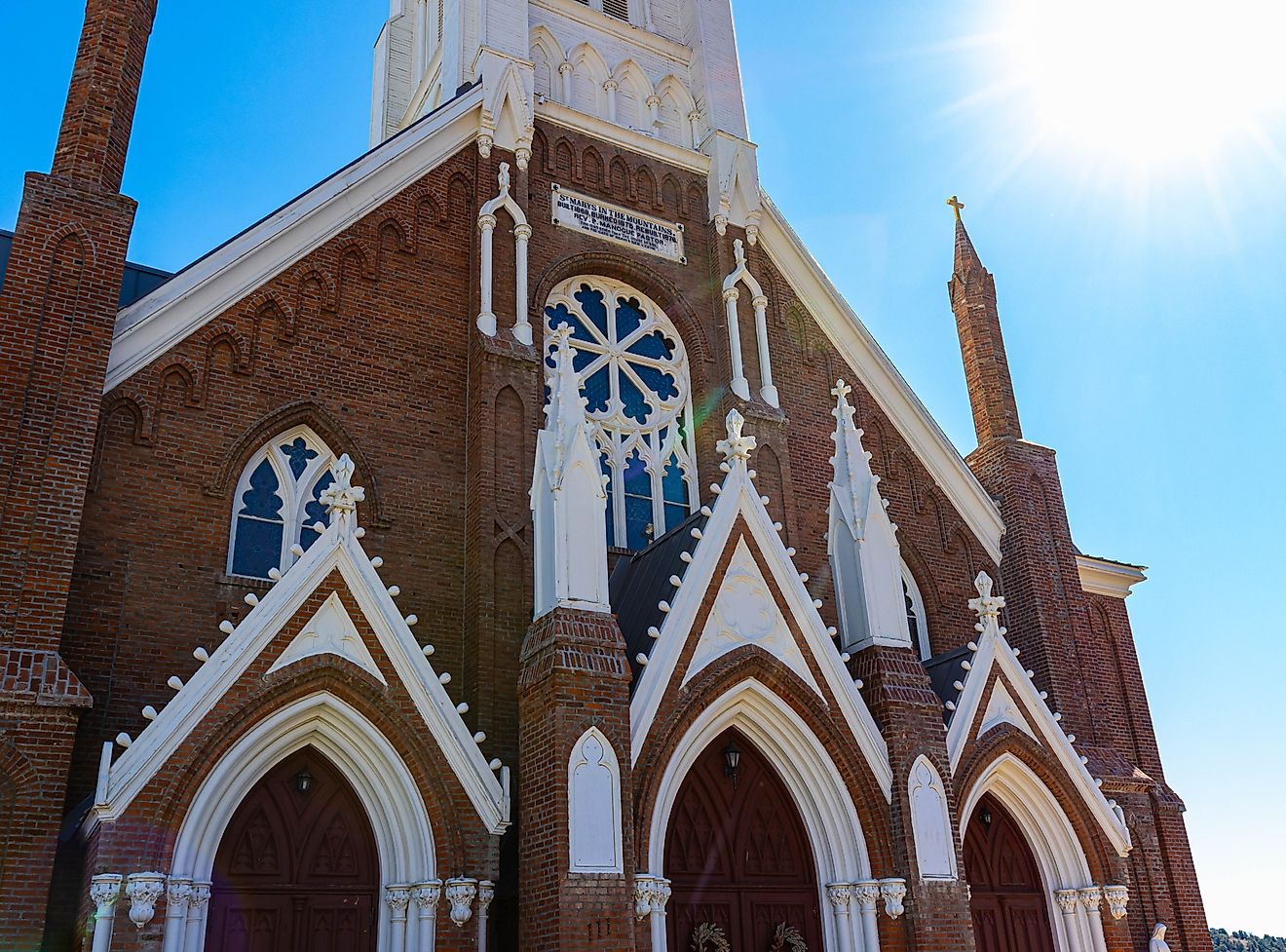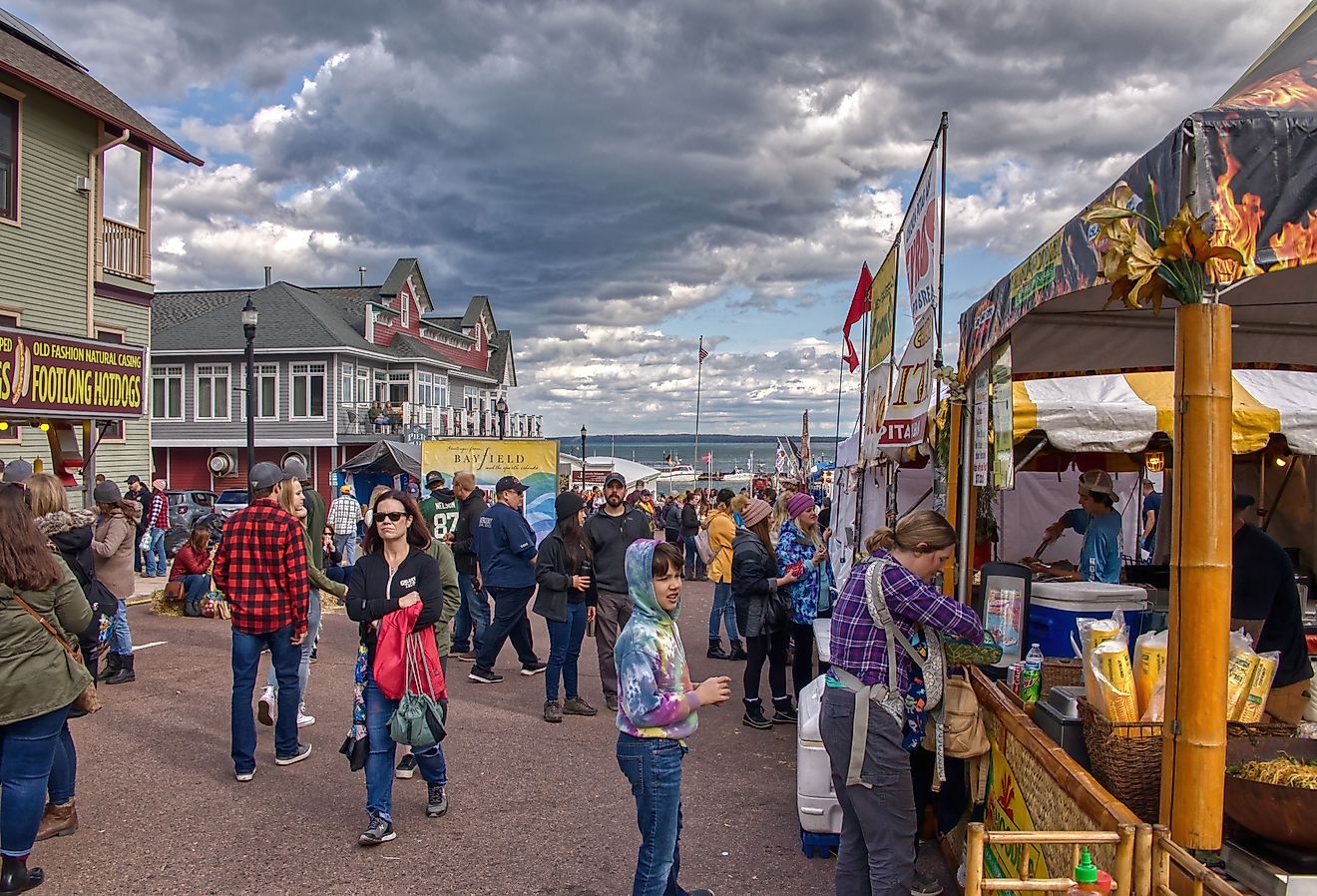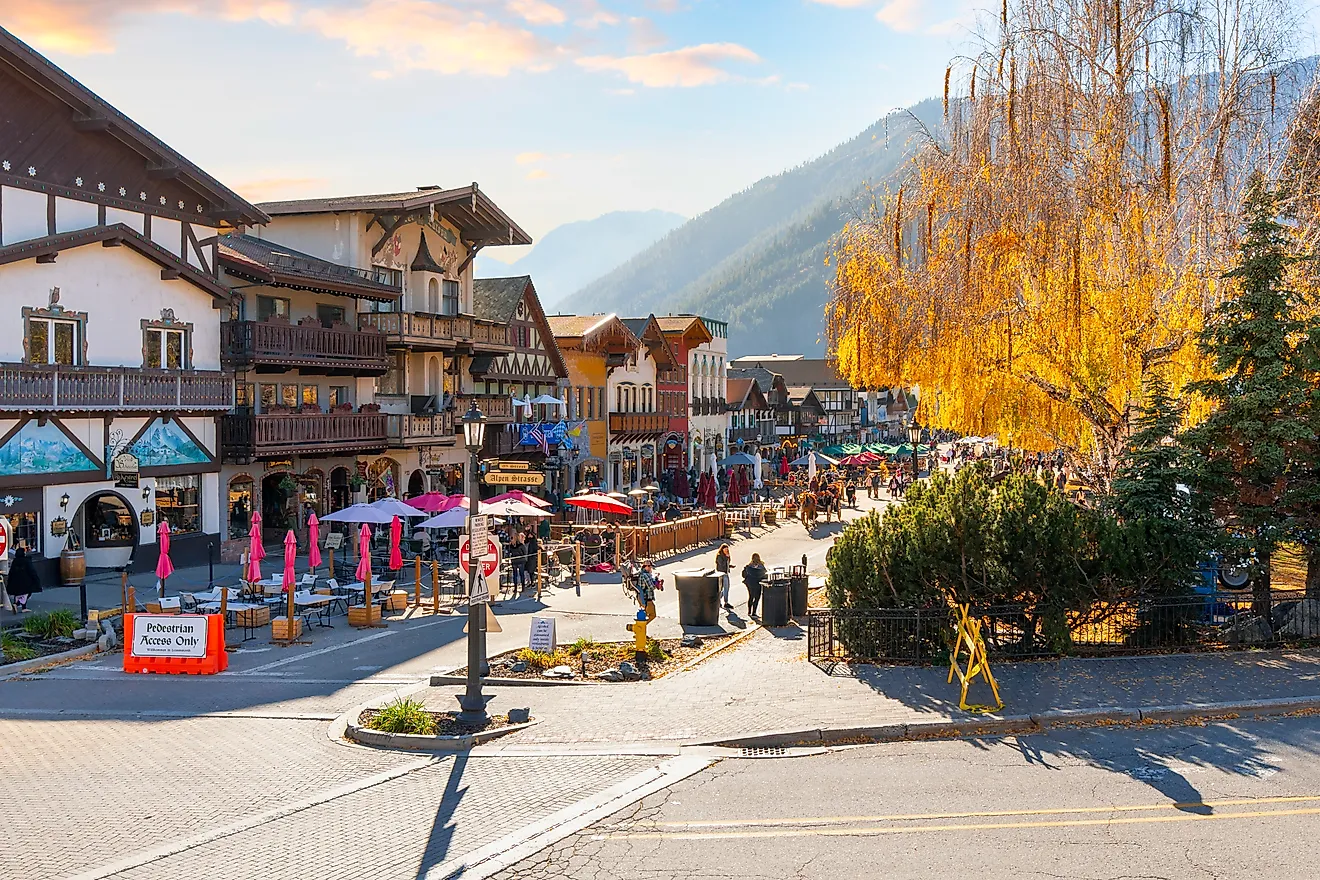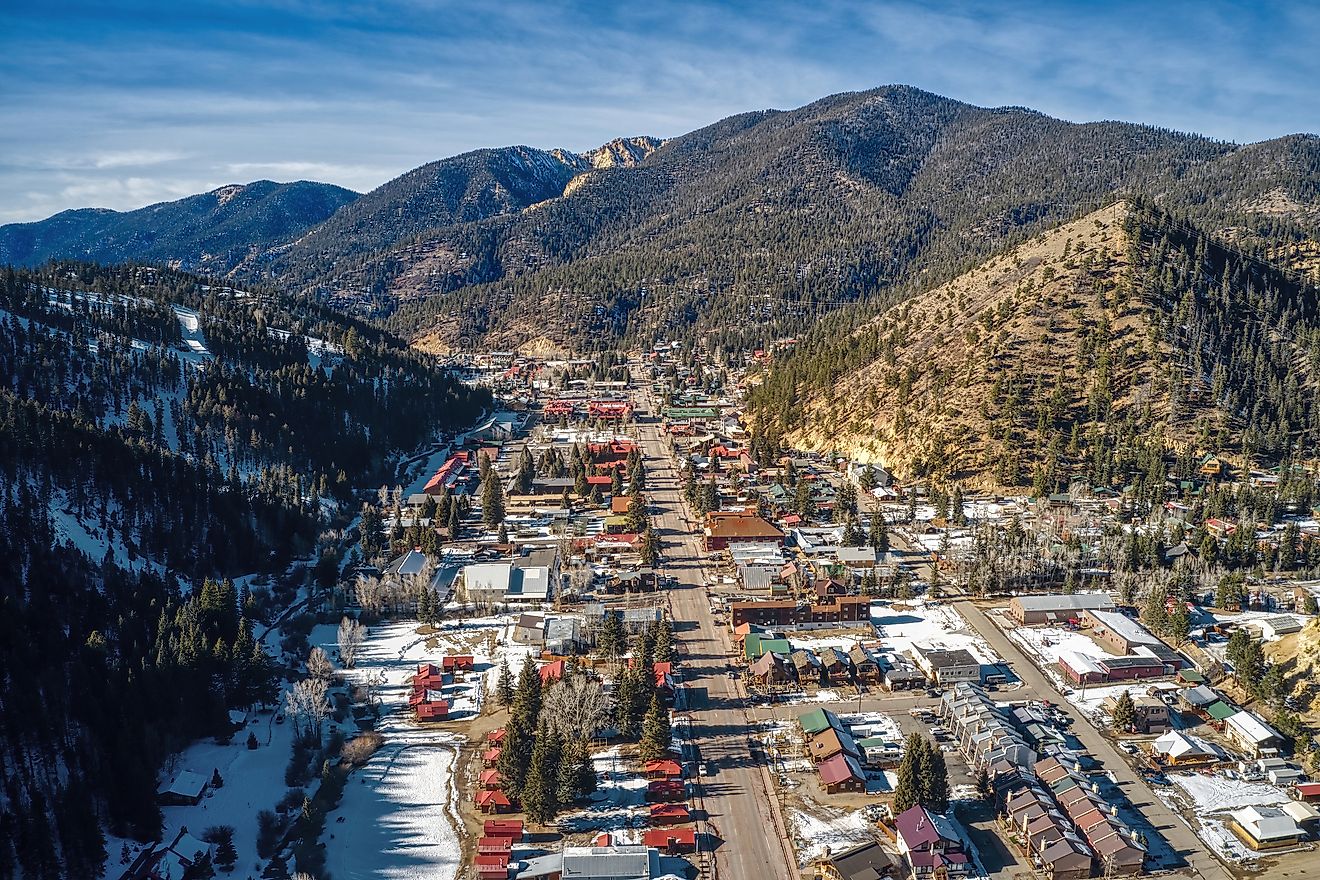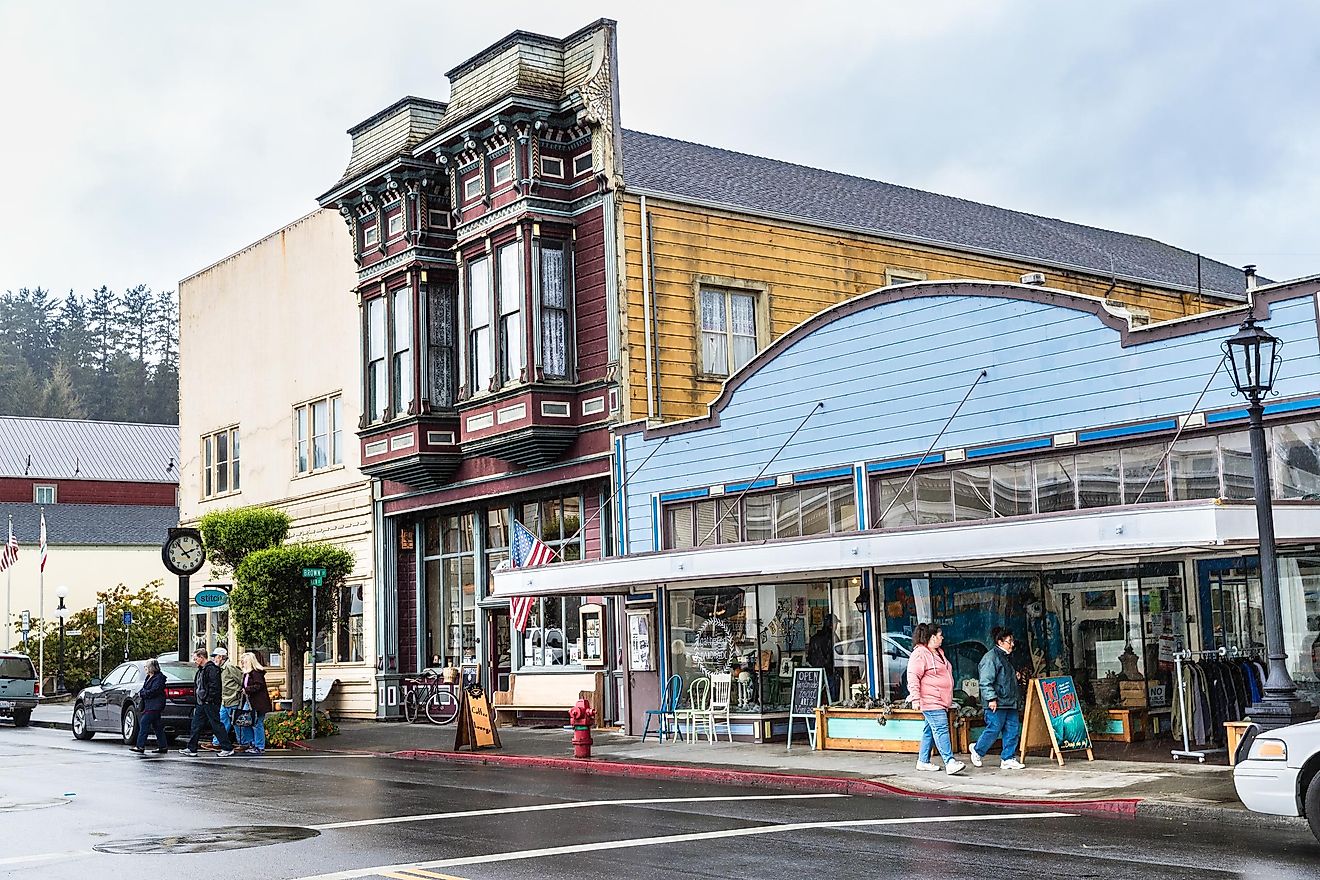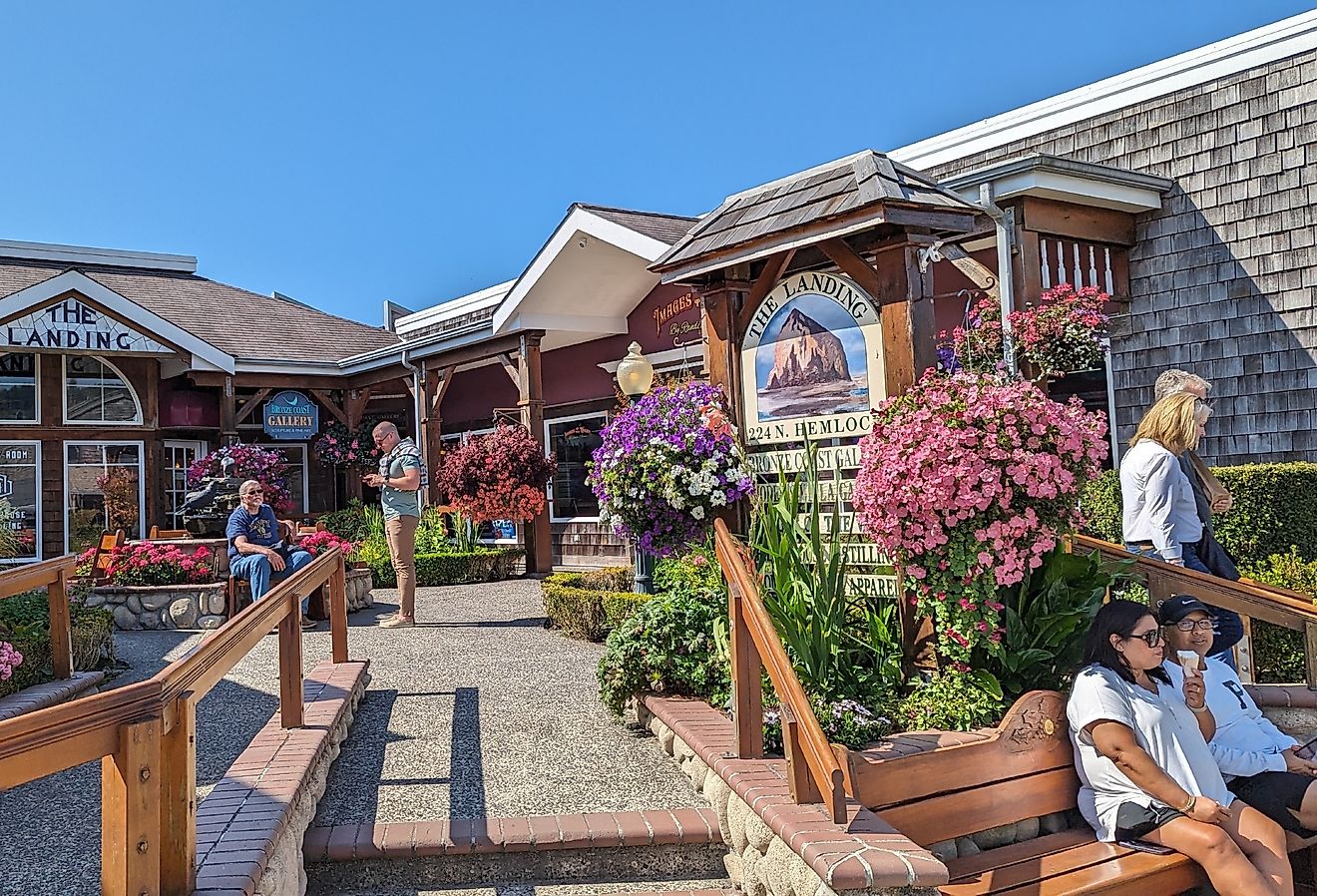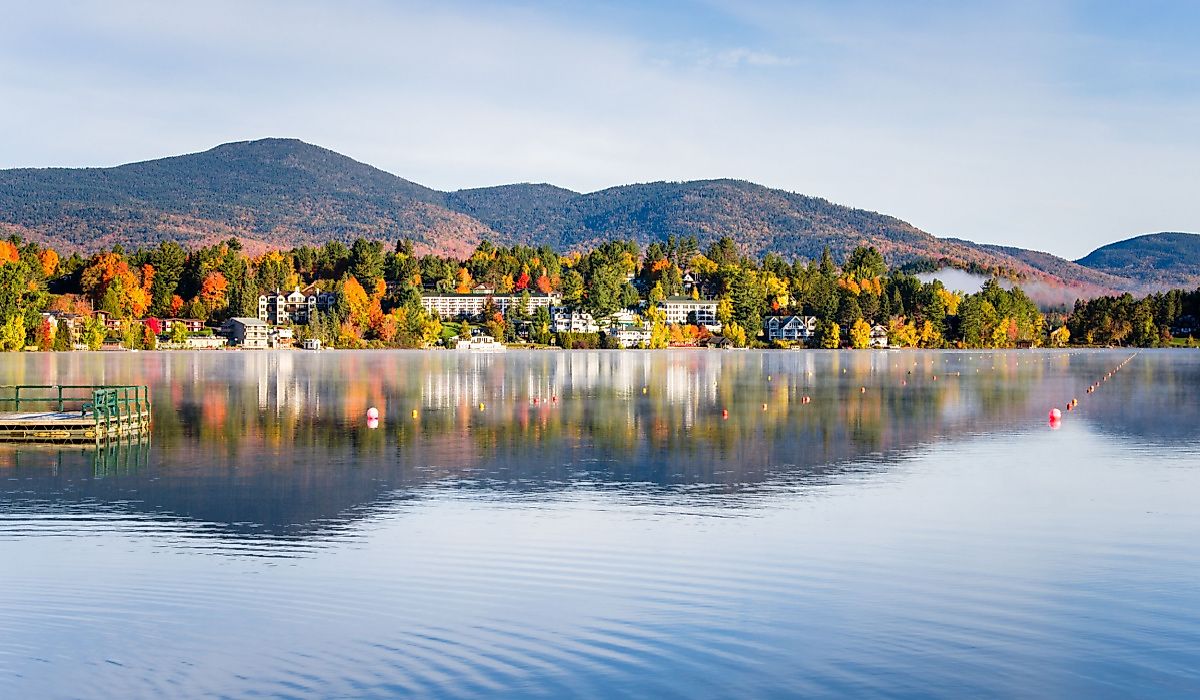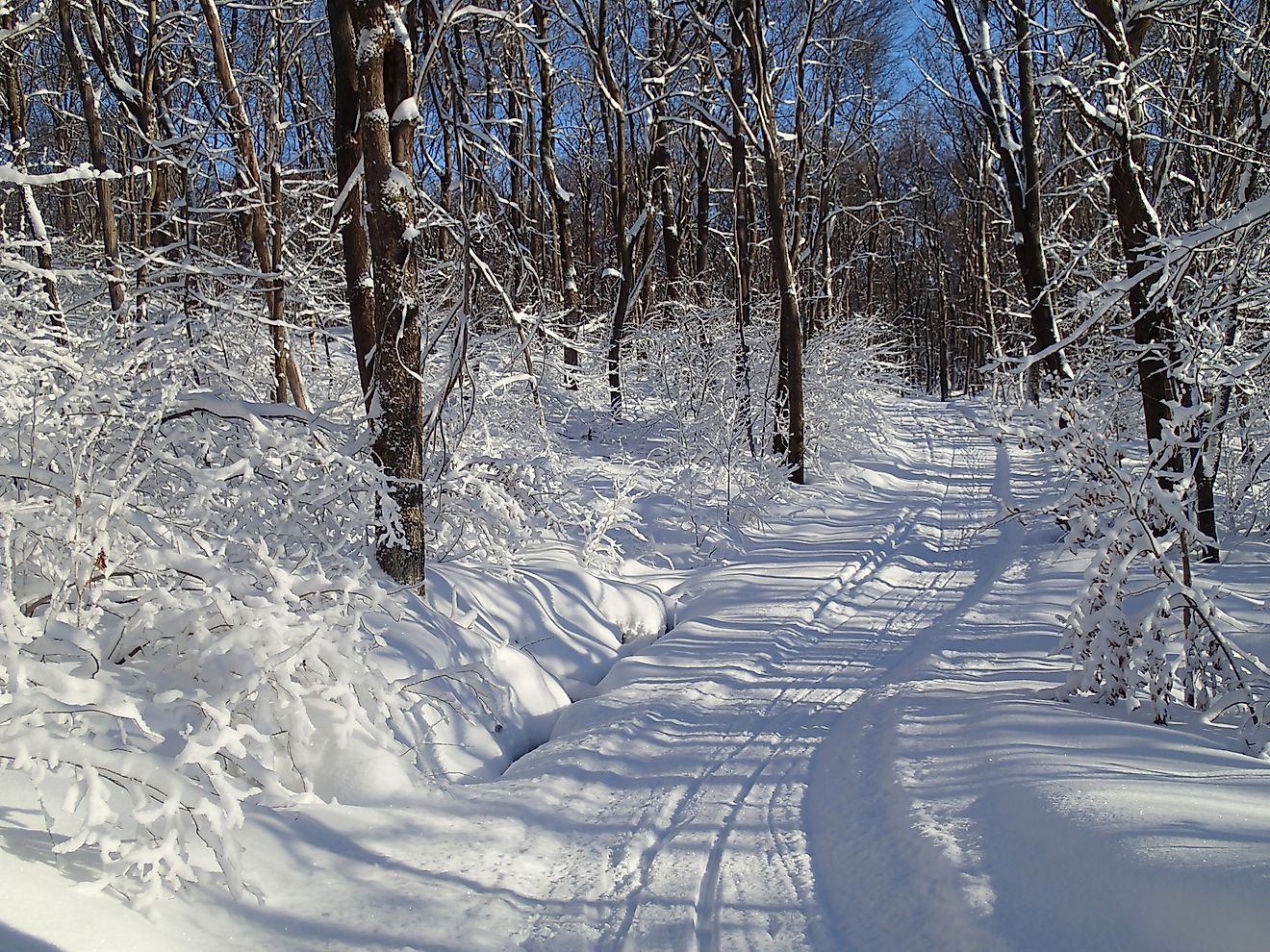
This Quiet Wisconsin City Is Hiding In Plain Sight
If you’ve ever traveled between Minneapolis and Milwaukee or Chicago, then you’ll likely have sailed right by Eau Claire and not even noticed. Skirting around Eau Claire’s southern neighborhoods, Interstate 94 has done a great job of filtering people past this Wisconsin city. At the same time, this major highway has also opened the door for countless concert-goers to access one of the most fertile music hubs in the Midwest.
Dubbed “The Indie Capital of the Midwest," this city of 70,000 folks harbors an artistic soul that rivals any American metropolitan area. A former lumber town that has morphed into one of the country's most intriguing creative destinations, Eau Claire’s residents are rightfully proud of the fact that Grammy-winning musicians can still walk downtown without fanfare, or the fact that their arts center is said to rival the famed Carnegie Hall when it comes to quality acoustics.
The tale of Eau Claire’s gradual transformation to the Midwest’s trendiest city is certainly a fascinating one. And it’s one that demonstrates how a place can make a name for itself yet remain true to its roots.
Eau Claire’s Lumber History
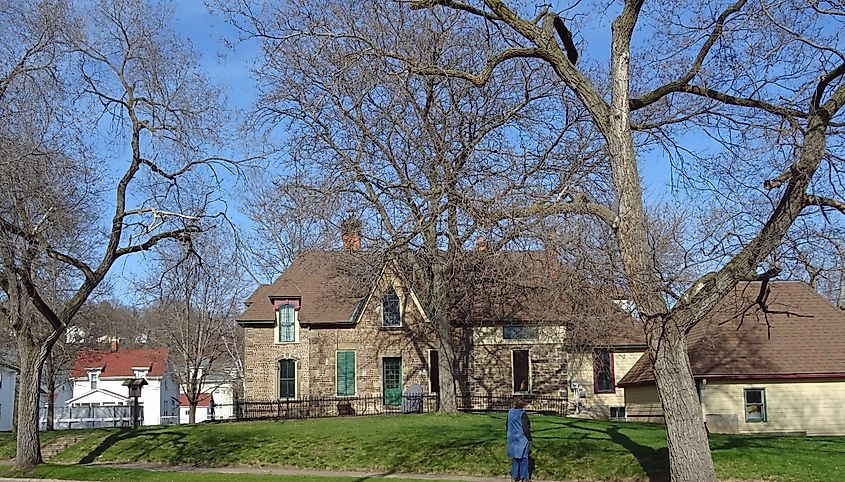
Located 90 miles east of Minneapolis and 180 miles northwest of Madison, Eau Claire’s strategic position, where the Chippewa and Eau Claire Rivers meet, saw it develop rapidly as a lumber town in the 1800s. Named after the French for "clear water," it proved an ideal spot from which to float logs downstream to fuel America's westward expansion.
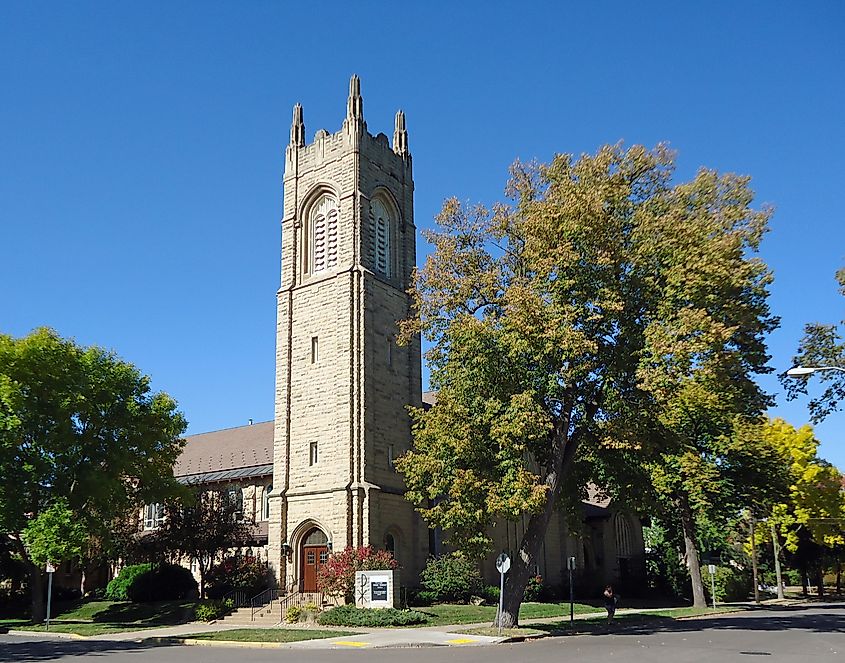
You can get a feel for this period in the town’s history at the Wisconsin Logging Museum. Set in Carson Park, this top-notch attraction is an authentic 1890s logging camp, complete with a cook shanty, bunkhouse, and even a heavy equipment barn. And you can’t miss it: just look for the 25-foot statue of Paul Bunyan, the mythical lumberjack giant, along with his sidekick Babe the Blue Ox. Together, they stand at the museum’s entrance, reminding us that Eau Claire once produced more lumber than any other place in Wisconsin.
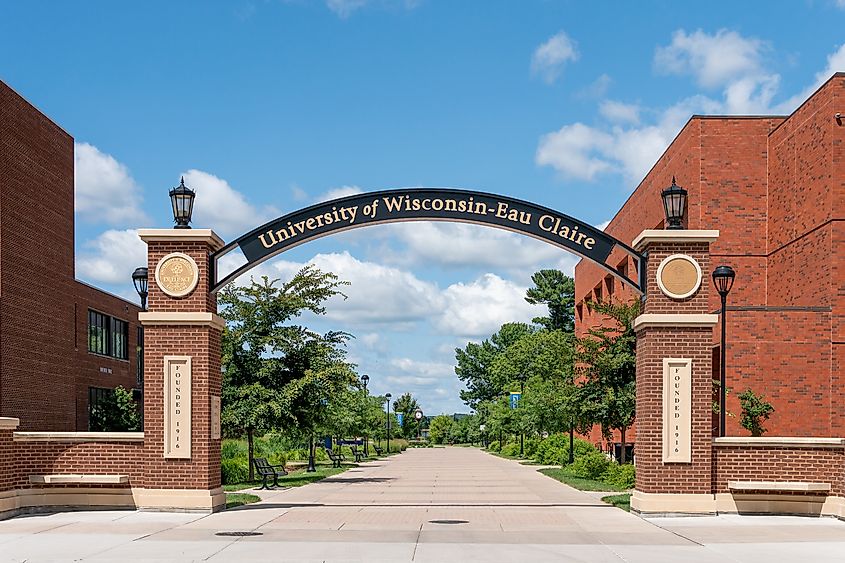
After the inevitable collapse of the timber industry in the early 1900s, Eau Claire pivoted to manufacturing, with the Uniroyal tire company employing thousands of locals from 1917 until the plant's closure in 1991. Another post-lumber lifesaver was the arrival of the University of Wisconsin-Eau Claire in 1916, its gradually expanding influence leading to a cultural transformation by the 1990s.
Cultural Rejuvenation
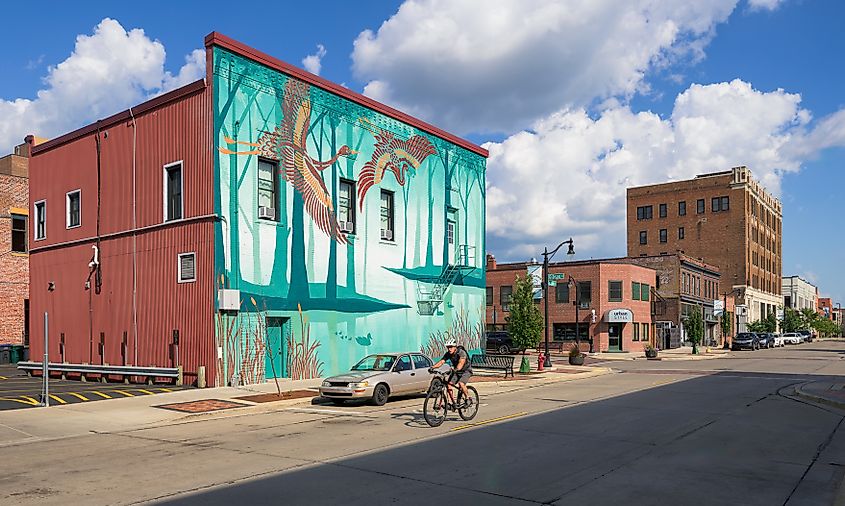
Perhaps the most important change, however, came in 2013 when music legend Justin Vernon (aka, Bon Iver) and a group of local investors purchased the derelict Green Tree Inn in downtown. Renovating and rebranding it as The Oxbow Hotel, this forward-thinking move was the catalyst for a downtown renaissance that continued with the Pablo Center at the Confluence, a state-of-the-art performance and events center that opened to great fanfare in 2018.
Thanks to local-boy-made-good Vernon’s faith in his hometown (and yes, he still lives here), countless millions in development dollars have since flowed into downtown Eau Claire. Tech company Jamf relocated its headquarters here, and several trendy craft breweries like The Brewing Projekt have set up shop to serve residents and visitors alike.
Other creative types have also found Eau Claire an ideal place to live, work, play and study. The University of Wisconsin-Eau Claire now runs one of the state's largest undergraduate music programs, with its jazz program a shining example of its success. Established over 50 years ago, its popular Eau Claire Jazz Festival brings professionals and student musicians from across the country to perform across the city in venues including the RCU Theatre and the Jamf Theatre.

Other notable music events include the Blue Ox Music Festival in June, a highlight for folk and bluegrass lovers; July’s Rock Fest with its hard rock and metal; and the Force Fields Festival, a gathering of electronic dance music fans also in June.
Adventures and Attractions

There’s much else worth knowing about this hip city, too. For example, Eau Claire holds the official title of Kubb Capital of North America. Pronounced koob and a fun Swedish lawn game involving wooden blocks and sticks, the U.S. National Kubb Championship has been held here since 2007 and attracts competitors from across the globe.
The city also maintains the nation's largest “rotating” public sculpture tour, with around 120 unique installations scattered throughout downtown and along the riverfront. Add to this a walk around downtown's Third Ward Historic District (one of nine such neighborhoods) to enjoy its well-preserved 19th-century commercial buildings, and you’ll not want to leave this fun Wisconsin city.
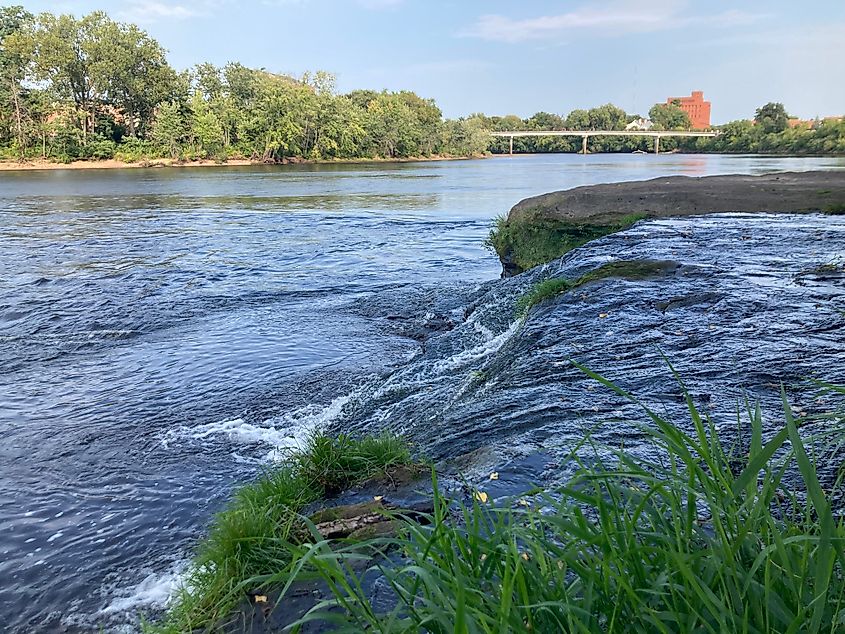
Outdoor enthusiasts are also well-catered to. Highlights include the Chippewa River State Trail, a 30-mile former railroad corridor that connects Eau Claire to the Red Cedar State Trail through prairies and forests. Within city limits, Phoenix Park offers tubing access to float the Chippewa River during summer months, with Tubing Eau Claire a reputable and recommended rental business.
The Bottom Line
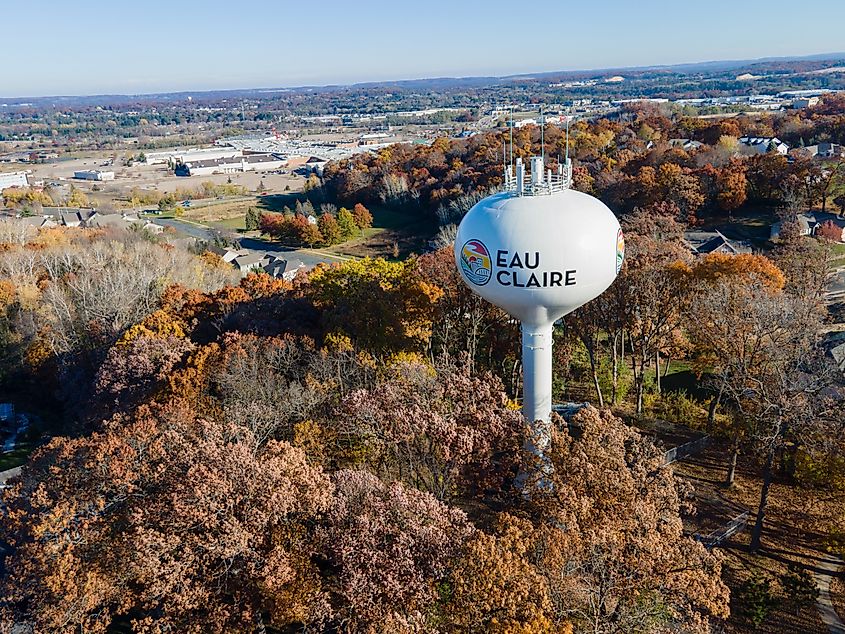
Next time you’re planning to whizz right past Eau Claire… don’t. Instead, spend a day or two in this often overlooked Wisconsin city to enjoy its music scene and world-class venues, as well as its natural and urban attractions. You’ll be glad you took the time to slow down and explore Eau Claire, a gem of a city that’s hiding in plain sight.

